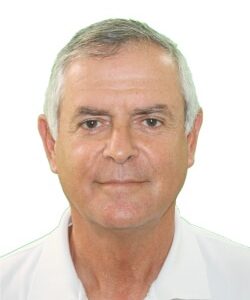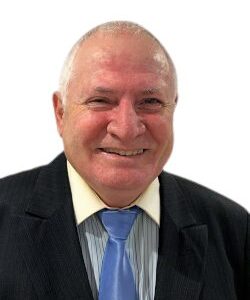BOOST YOUR KNOWLEDGE: A COMPREHENSIVE GUIDE TO RF ATTENUATORS – TYPES AND APPLICATIONS EXPLAINED
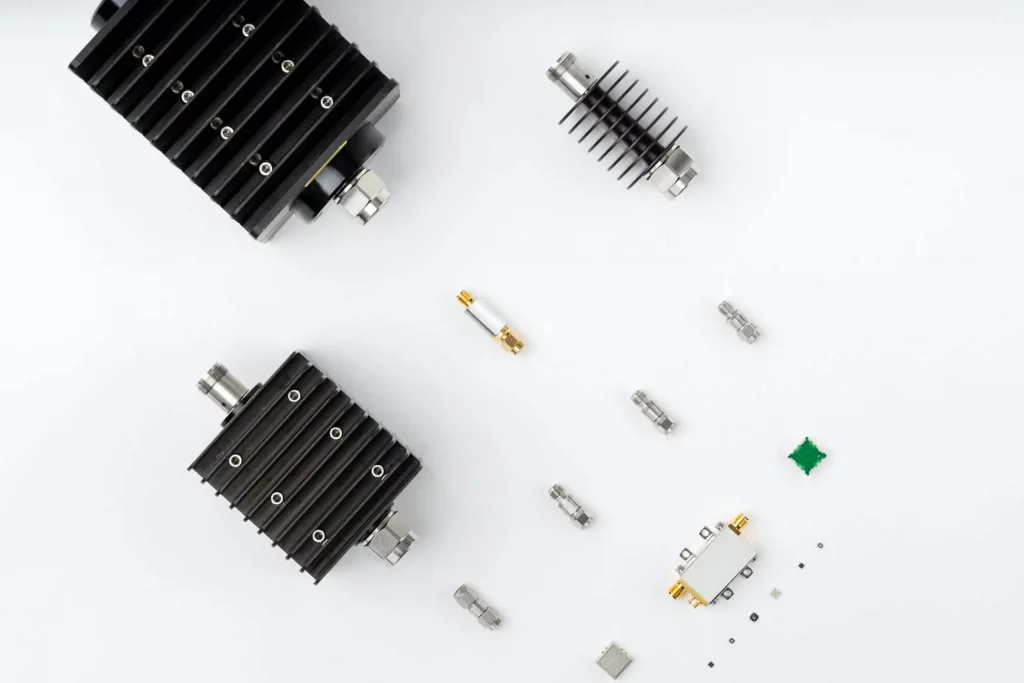
RF attenuators are electronic devices that are used to reduce the amplitude of a radio frequency signal. These devices are used in a wide range of applications, including wireless communication systems, test and measurement equipment, and RF circuit design. RF attenuators can also be used to balance the signal levels in a system, or to protect sensitive equipment from damage caused by high-power signals.
Israel’s astronauts in Space
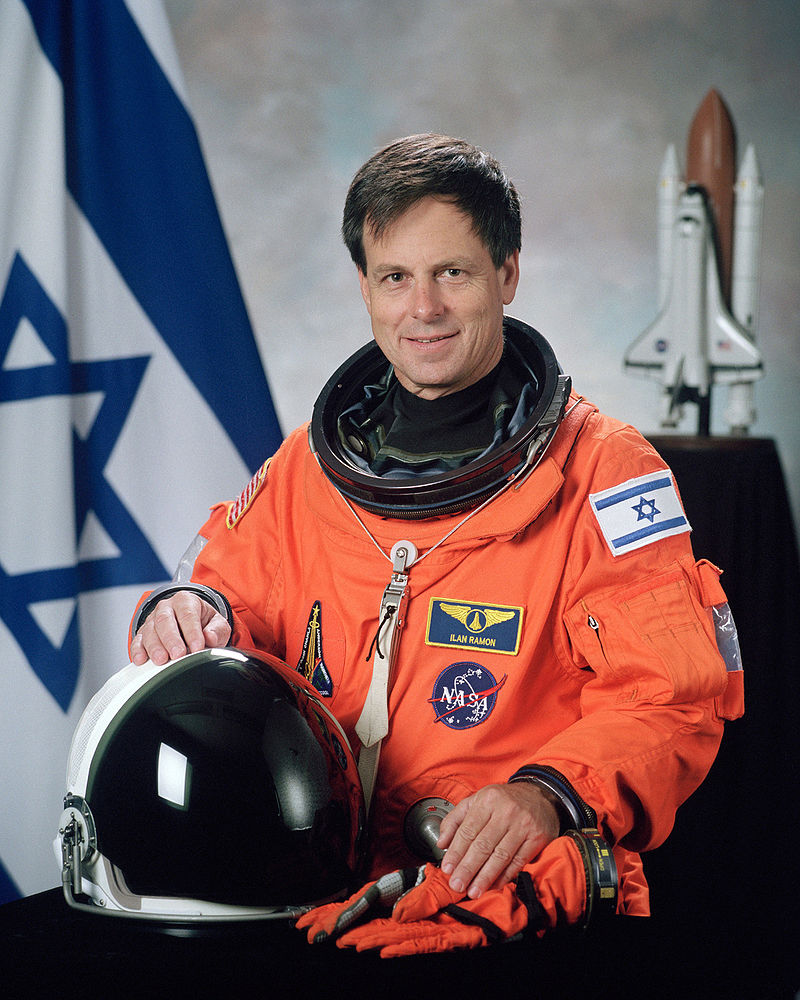
Ilan Ramon was born in 1954 in Ramat-Gan, Israel. His father Eliezer fled Germany in 1935 and his mother Tonya survived the Auschwitz extermination camp. Ilan’s parents immigrated to Israel after the second world war, in 1949. Ilan grew up in the town of Beer Sheba (south of Israel) and graduated from high school in 1972. In 1972, Ilan graduated with a B.Sc. degree in electronics and computer engineering from the Tel Aviv University.
Space IL – The Israeli Moon landing mission
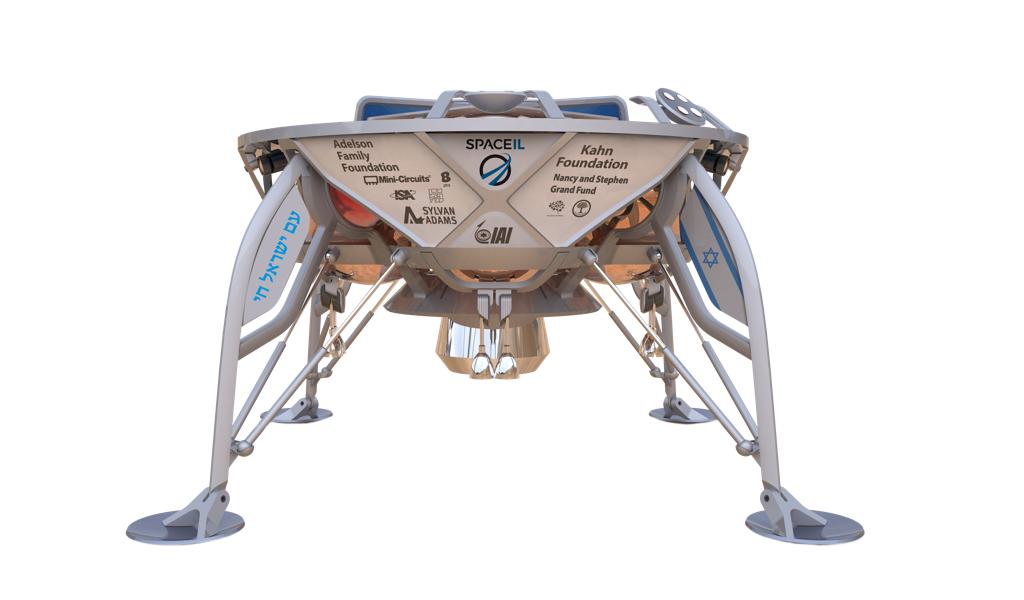
The adventure began in 2011 with SpaceIL as the dream of three Israeli entrepreneurs: Yariv Bash, Kfir Damari, and Yehonatan Weintraub, and swiftly grew into a national project with numerous funders, collaborators, employees, and volunteers. Harvey Kaylie, the founder of Mini-Circuits (Z”L), became aware of this project and was one of the first to support this unique and historic endeavor aiming at strengthening the high-tech sector, promote education and see Mini-Circuits’ name literally reach the moon.
Exploring the Fundamentals of Thin-Film Filter Technology in RF & Microwave Applications
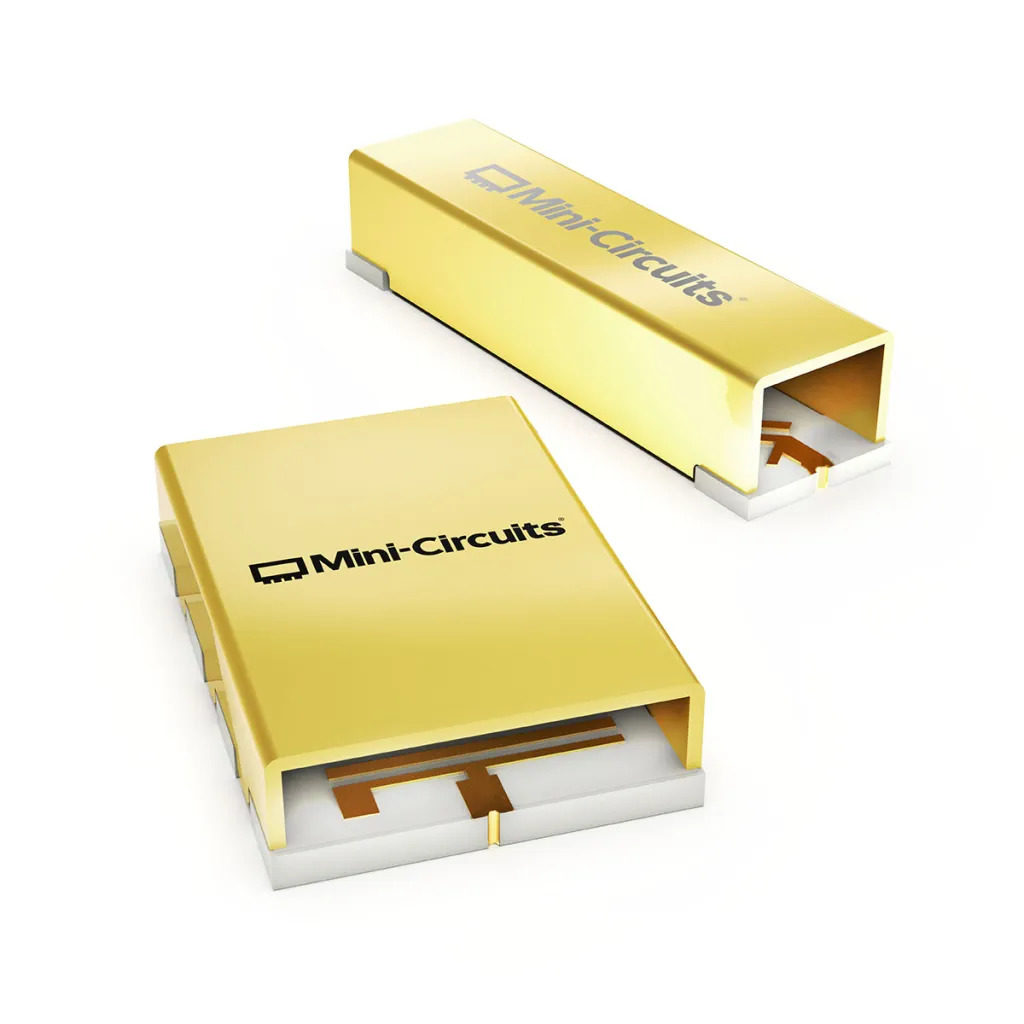
Finding the right filter for frequency ranges above the 3 GHz range is a perennial challenge for RF system engineers. Designers are typically looking for repeatable performance at production volume and a small, surface-mount form factor robust enough to withstand reflow onto their existing printed wiring board (PWB). Lumped element filters utilizing discrete wire-wound inductors and chip capacitors meet these criteria handily for passbands below about 3 GHz, but frequency response becomes more sensitive to variations in the physical structure of the device and temperature at higher frequencies, rendering this approach impractical.
The Israeli Space Industry
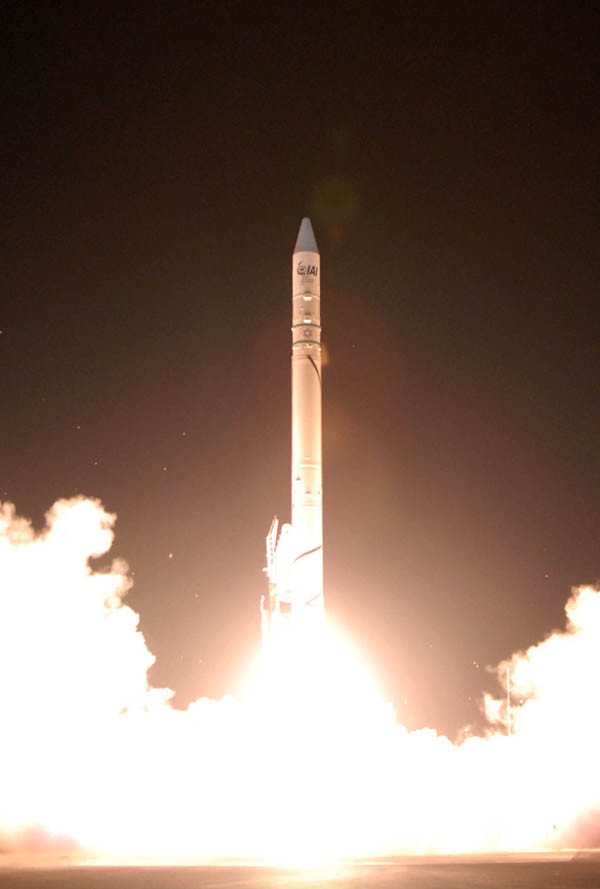
Israel has a lengthy history of accomplishment in space, including technological advancement, applications, and competitive products. The Space Program began in the 1980s, when Israel was the ninth country in the world to successfully launch and position satellites in space. This was an extraordinary achievement for a country of less than 4 million inhabitants at the time.
The primary goal was and continues to be to build a comprehensive infrastructure for space research. Due to security concerns and a lack of resources, Israel has primarily focused on miniaturizing technologies and developing small, light satellites with high resolution, remote sensing, and communication capabilities. Israel is regarded as a world leader in this industry: a small country with a significant technological advantage. The primary activities of Israel’s space industry include satellite development, production, and operation, as well as the selling of communication services and remote sensing.
Boost Your Knowledge: A Comprehensive Guide to RF Amplifiers – Types and Applications Explained
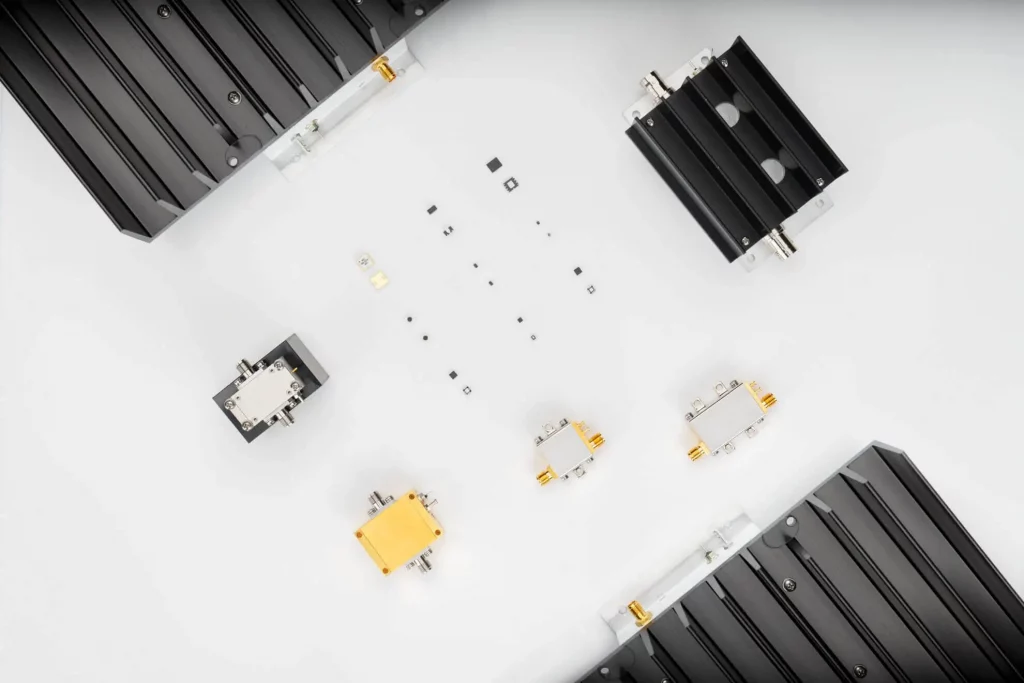
Radio Frequency (RF) amplifiers are electronic components that are used to amplify radio frequency signals. These components can be found in a wide range of applications, including wireless communication systems, television and radio broadcast systems, and medical imaging equipment. RF amplifiers are also used in test and measurement equipment, as well as in radar and satellite communication systems.
There are several different types of RF amplifiers, offering unique characteristics and uses.
The Global Space Industry

Space has fascinated and perplexed humans since the beginning of time. Evidence stretches back to prehistory, and space and stars can be found in religions, mythology, cosmology, and astrology. Our basic existence is dependent on the stars, moon, and sun, and our calendars, days, seasons, and so on are all related to them and their cycle. From the period when people thought the earth was flat to now, especially in the last half-century, space exploration has made great advances forward, with some even talking about making humanity multi-planetary.
RF/Microwave Balanced Amplifiers and Their Applications

A balanced amplifier is the proper term for a pair of devices operated in quadrature phase and combined to amplify a signal. Quadrature simply means that signals incident upon the devices are 90⁰ out-of-phase with one another. The term “quadrature-combined pair” (often shortened to simply “quad-combined pair”) is perhaps just as common as “balanced amplifier,” and both are as identical as “PTFE” is to “Teflon®.”
This article explains the use of quadrature hybrid splitters and combiners (also often called hybrid couplers) in balanced amplifier configurations and the advantages of combining two amplifier devices in this fashion. Two of the most common applications for the balanced amplifier (quad-combined pair) are described by way of example.
Every Block Covered: Cascaded P1dB and IP3 in a 26 GHz 5G Front-End
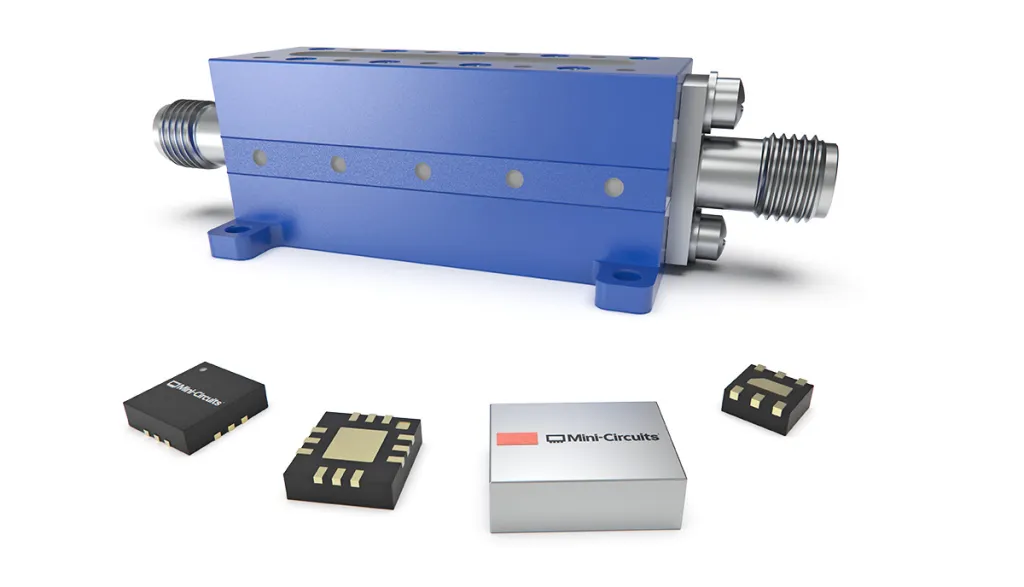
The goal of this article was to provide students and designers alike with a deeper understanding of the equations behind the cascading of P1dB and IP3 as the system expands to include multiple nonlinear components such as those utilized in the RF, frequency conversion and IF sections of a receiver chain. A 5G RF front end was presented for the 24.25 – 25.1 GHz portion of the 5G n258 frequency band comprised of all SMT parts. Calculated data for linearity parameters was presented for individual components in the signal chain as well as cascaded at each stage. The equations used to calculate those results were provided, and an examples were given showing how to calculate cascaded linearity parameters OP1dB and OIP3 from one stage to the next.
I&Q Mixers, Image Reject Down-Conversion & Single Sideband (SSB) Up-Conversion

In superheterodyne receivers and transmitters, frequency mixers perform the vital function of frequency translation. In down-converters, the incoming radio frequency (RF) signal is down-converted to an intermediate frequency (IF) to facilitate signal processing. Mixers are generally wideband devices, which convert unwanted image frequencies along with desired content to the same IF frequency, which is undesirable. Frequency mixers are often combined with quadrature hybrids to create image reject mixers (IRM), which we will explain herein.



